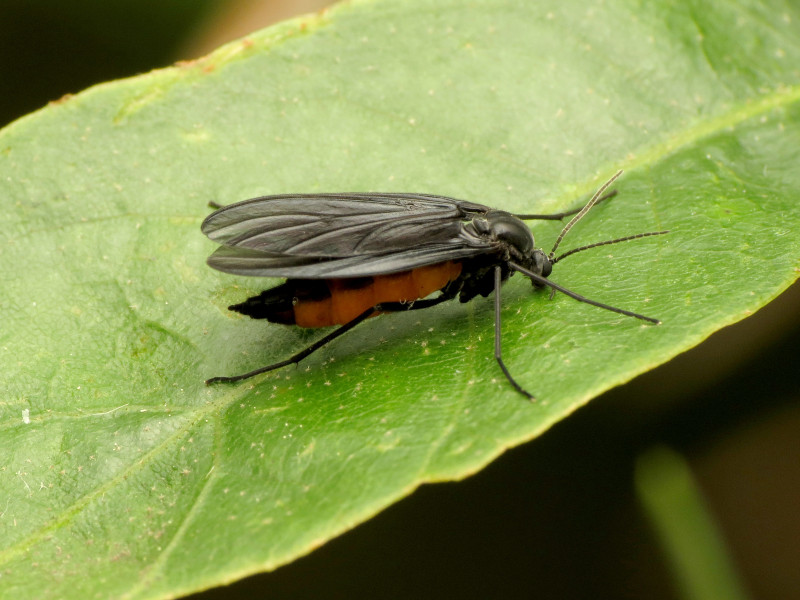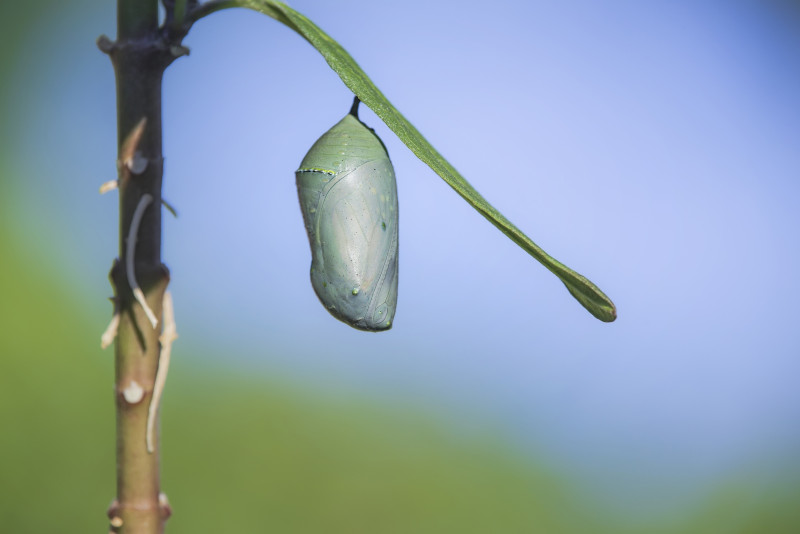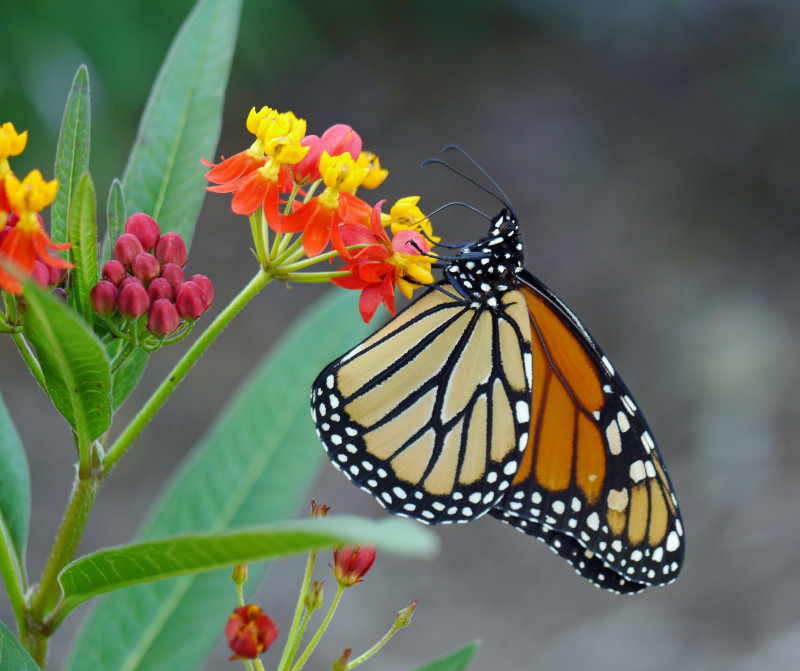Note: Transcript edited for brevity and clarity.
WW: Welcome, Dale, and thank you for agreeing to tell us about your beekeeping experiences. First, I’ll ask, have you been beekeeping for a long time?
DR: I’ll be 92 years young on April 18 (2020), and I’ve been keeping bees for about 20 years. A friend helped me get started. But I’ve been interested in bees since I was a boy growing up on a farm. I always had a desire to learn more about nature, and it just came naturally to me.
WW: What’s the highest number of hives you’ve ever had?
DR: At one time, I had eight hives. I’m now down to one, but thinking about starting some more.
WW: What fascinates you most about bees?
DR: The fact that they’ve survived with and without human interference for thousands of years. Honey has been found in catacombs in Egypt, and it’s still edible 4,000 years later. You probably think, how could that be? Bees know what they’re doing. They’ll not cap their honey until it’s below 18 percent moisture. Honey that’s above that will ferment and spoil. That’s the reason it has kept so well through the years.
WW: An odd incident happened to you one time while you were driving, and a swarm of bees covered your windshield. Will you please tell that story?
DR: In about June of 1950, my brother was cutting wheat just south of Enid, Okla. He asked me to bring his 1947 International one-ton truck and a small camping trailer to him. So my wife, Ann, and I set out. June is the prime time for bees to swarm. We were going along, enjoying the drive, when we got to the top of a hill east of Severy (Kan.). We didn’t have air conditioning, but this truck had a hinge at the top of the windshield and it could be cranked outward at the bottom. We were getting a nice breeze through there when all of a sudden, we hit a large swarm of honeybees.
Now, bees fill up on honey before they swarm. Well, when we hit that swarm, we were doing probably 40 miles per hour, with the windshield cranked out! We scooped a lot of bees right into the cab of the truck, and besides that, we had smashed, honey-filled bees all over the windshield. Of course, my first thought was to turn on the windshield wipers, which only smeared the honey all over the glass!
WW: How much honey does your one hive produce a year?
DR: That can vary widely year to year, from next to nothing, up to a good year, which I would consider being 100 pounds.
WW: Your honey is organic, right?
DR: I don’t know of any way to prove that honey is organic. Bees will fly up to three miles foraging for nectar, so there’s no way to tell where they gather it. The way people use chemicals these days, the bees could gather chemicals along with their nectar and pollen.
WW: How do you sell your honey? Is it profitable, or does it basically just cover the costs of keeping a hive?
DR: I sell it to individuals who want local honey. As far as being profitable, I doubt it, since there are so many hidden expenses. For me, it’s just a hobby. However, some large beekeepers make a business of pollinating different crops, such as apples, blueberries, cucumbers, almonds in California, and such, for a fee. They move their hives to wherever they’re needed.
WW: Any opinions on whether or not eating honey from your own state or town helps boost the immune system?
DR: That’s hard to prove, but I have had people say that it helps. I will say that I don’t filter my honey as some commercial processors do. I use a new paint-strainer bag, which lets some of the pollen fall through into the honey. A lot of people like that.
This is a good time to mention what triggers crystallization in honey. You’ll almost never see crystallized honey in stores. Here’s why: big companies pump their honey through a filter to remove the bits of wax and pollen that would make the honey crystallize. Grocers don’t want to deal with crystallized honey on their shelves—some people think it’s spoiled. It’s best to store it at room temperature. Never store it in the refrigerator, or below 55° F, or it will crystallize. In the hive, the bees keep the temperature at about 95° F.
WW: Where do your bees live? What kinds of flowers and plants are nearby?
DR: I keep my hives about four miles southeast of Altoona, Kansas. That’s where my nephew has a meadow of about 35 acres of sod with a lot of flowers, and it’s also close to a pasture that has a lot of timber on it. You wouldn’t think that bees would benefit from trees, but they do: maple, locust, redbud, and others. Bees also gather sap from trees to make propolis, which is kind of like resin and use it to seal up the cracks in their hive. It also contains antibiotics and other things beneficial to human health.
WW: What is your advice to anyone considering beekeeping?
DR. Find someone who’s a beekeeper to help guide you through the process of getting started, so you won’t make a lot of mistakes.
WW: What is your greatest concern about bees today?
DR: One word: chemicals. Farmers think that chemicals are the answer to all of their problems. People spray chemicals on their lawns and gardens. Chemicals aren’t selective in what they kill, and people don’t always follow the directions on the container, which is bad. I’m worried about the future of bees. They’re also like the canary in the coal mine, an indicator of our environment’s health.
WW: Do bees have a “personality”—meaning, are some hives friendlier than others?
DR: The queen controls the temperament of the bees that are raised from her eggs. If a hive gets aggressive, changing the queen will lots of times calm down the hive.
WW: Have you been stung?
DR: Yes, lots of times. If you’re going to keep bees, you WILL get stung.
WW: Do you wear protective covering whenever you’re around your hives?
DR: Yes. Some people don’t, but I haven’t reached that point yet.
WW: Have you observed a honeybee “waggle dance?”
DR: No. Just haven’t looked for it.
WW: Have you ever had Africanized Bees show up? Are other beekeepers having problems with them?
DR: I haven’t, but they’re slowly moving from Mexico into Arizona, New Mexico, Texas, and other southern states. Africanized Bees are identified by sending a sample of them to the USDA Bee Research Laboratory in Beltsville, Maryland.
WW: Any books you’d recommend to budding beekeepers?
DR: Yes. The first book that I purchased in the Ozarks, probably 30 years ago, is A Book of Bees, by Sue Hubbel. She takes you through the four seasons of beekeeping in south-central Missouri. Interesting reading. I think you’d enjoy it. Another good book is The Practical Beekeeper, by Micheal Bush, who’s kept bees in Nebraska for over 40 years. And another little book that’s an interesting read is about a fellow who lived in Quinter, Kansas. He kept bees all of his life and still had bees when he died at 104. It’s about his life and beekeeping.





